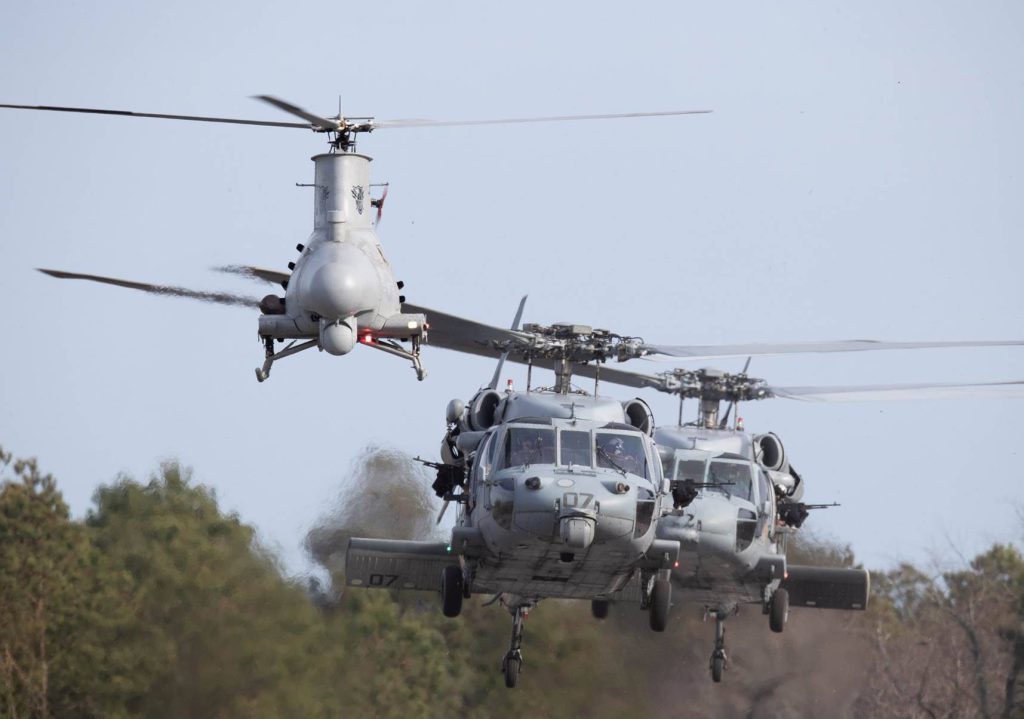an email newsletter released every month highlighting the latest articles, events, technical inquiries, and voices from the community
Autonomous Platforms for Casualty Evacuation

Posted: August 21, 2024
The United States and its allies face the return of large-scale combat operations (LSCO) against peer and near-peer competitors—an environment not seen in over 70 years. The return of LSCO brings about multiple challenges, including the possibility of managing overwhelming numbers of casualties and providing medical care with limited manpower and supplies. Fighting more technologically advanced and prepared adversaries will also bring about tactical and operational issues, such as medical mobilization in contested air space, which would further limit casualty evacuation (CASEVAC) efforts. These issues will most likely delay access to care by trained medical personnel, bringing about a need to evacuate casualties without putting additional troops in harm’s way, while minimizing logistical strain. One of the approaches currently underway to address these limitations is to rely on autonomous systems to safely remove and transport casualties to more secure areas where they can be treated by medical professionals. Although autonomous CASEVAC has been explored for several decades, recent developments in artificial intelligence, microelectronics, and advanced materials have made it more feasible for these platforms to become reality. This report explores the state of the art in designing and developing autonomous systems for CASEVAC applications in a variety of modalities and also includes discussion on current limitations, challenges, and barriers to implementation in the field.
Focus Areas
Stay informed when a new SOAR is released
Subscribe to our upcoming state-of-the-art reports

